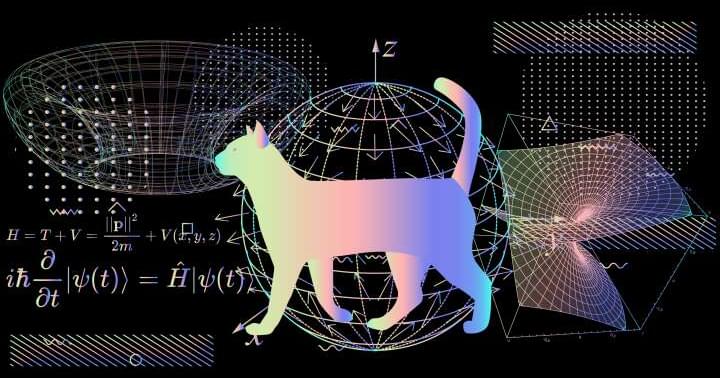Over 240 years ago, famous mathematician Leonhard Euler came up with a question: if six army regiments each have six officers of six different ranks, can they be arranged in a square formation such that no row or column repeats either a rank or regiment?
After searching in vain for a solution, Euler declared the problem impossible – and over a century later, the French mathematician Gaston Tarry proved him right. Then, 60 years after that, when the advent of computers removed the need for laboriously testing every possible combination by hand, the mathematicians Parker, Bose, and Shrikhande proved an even stronger result: not only is the six-by-six square impossible, but it’s the only size of square other than two-by-two that doesn’t have a solution at all.
